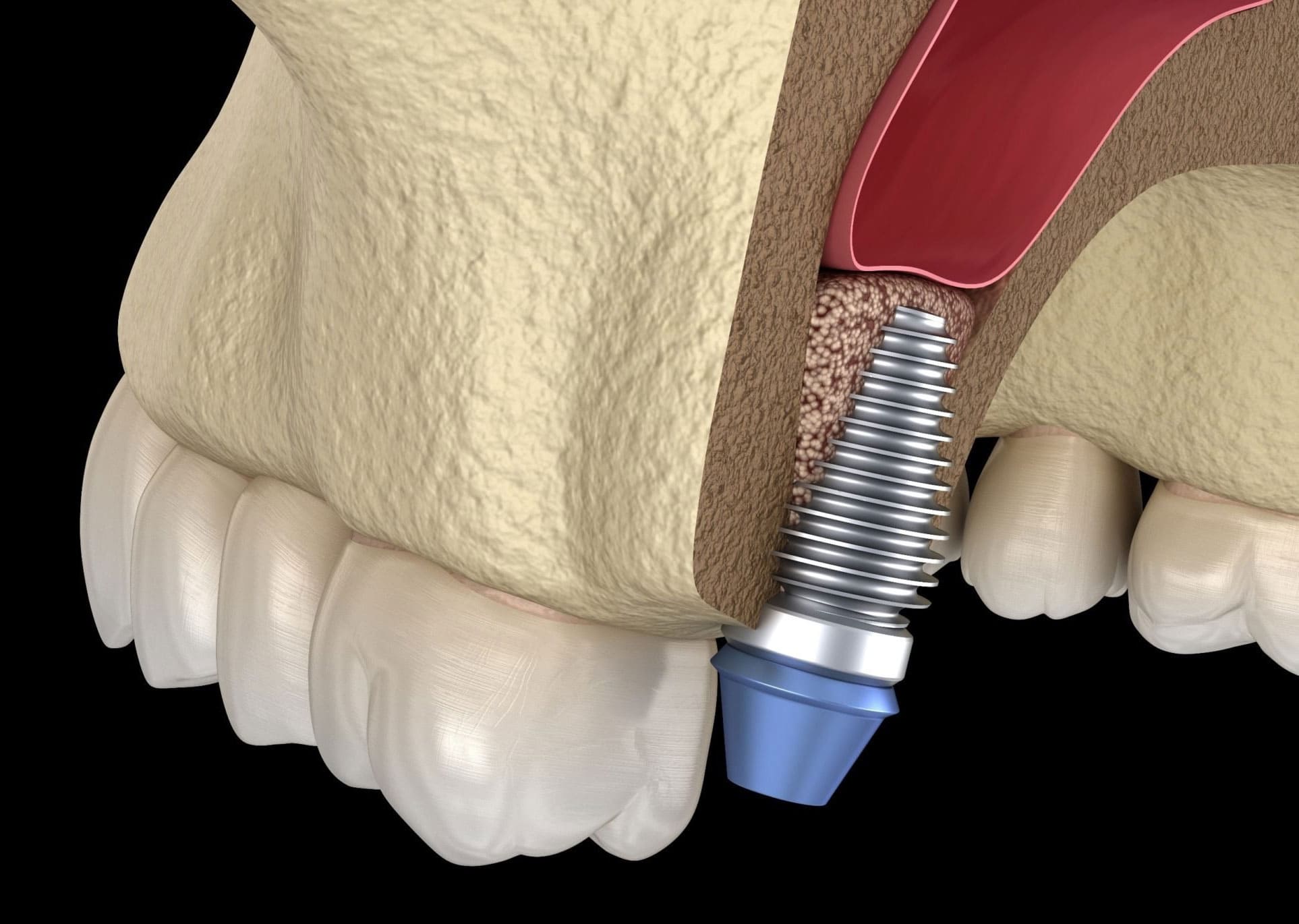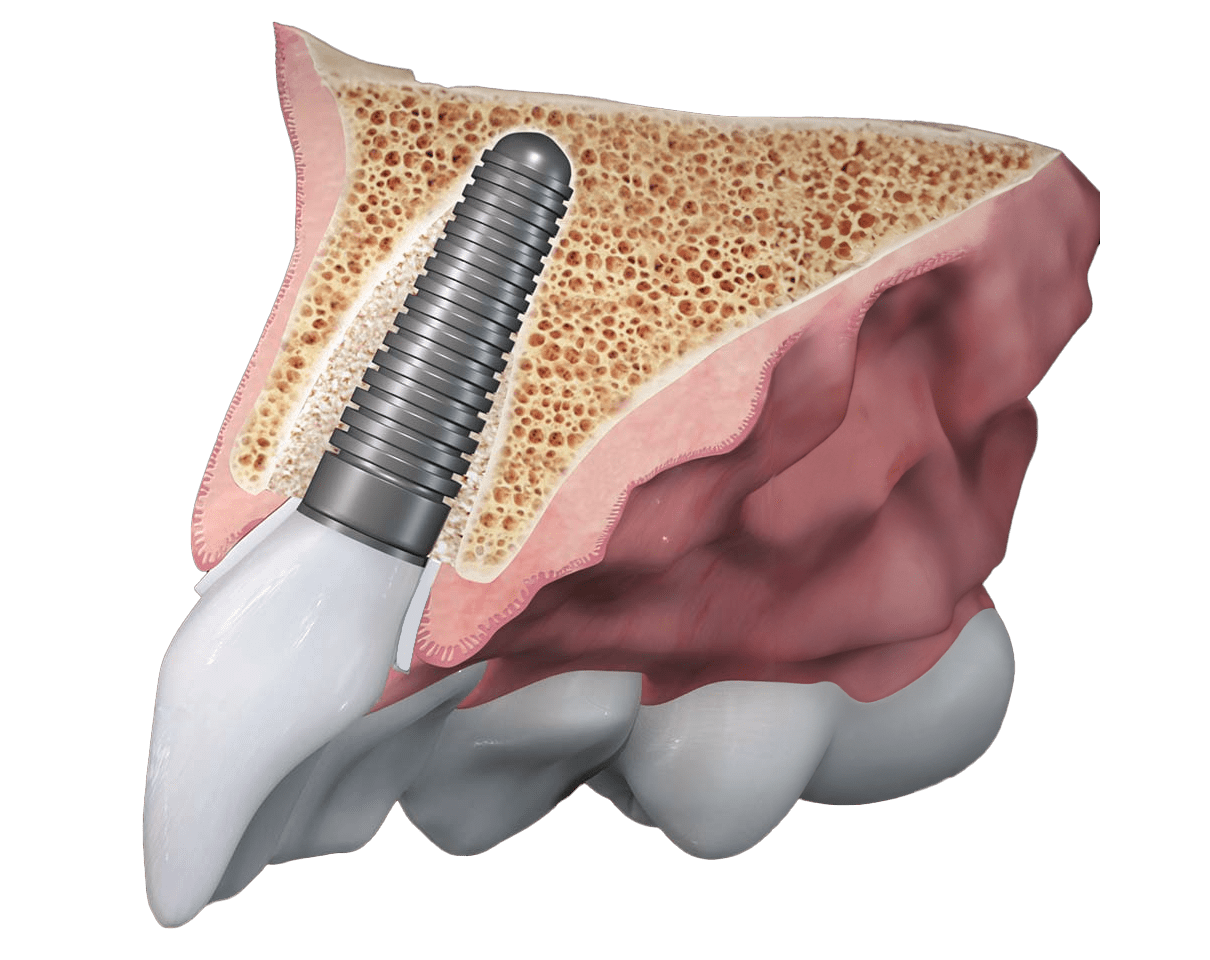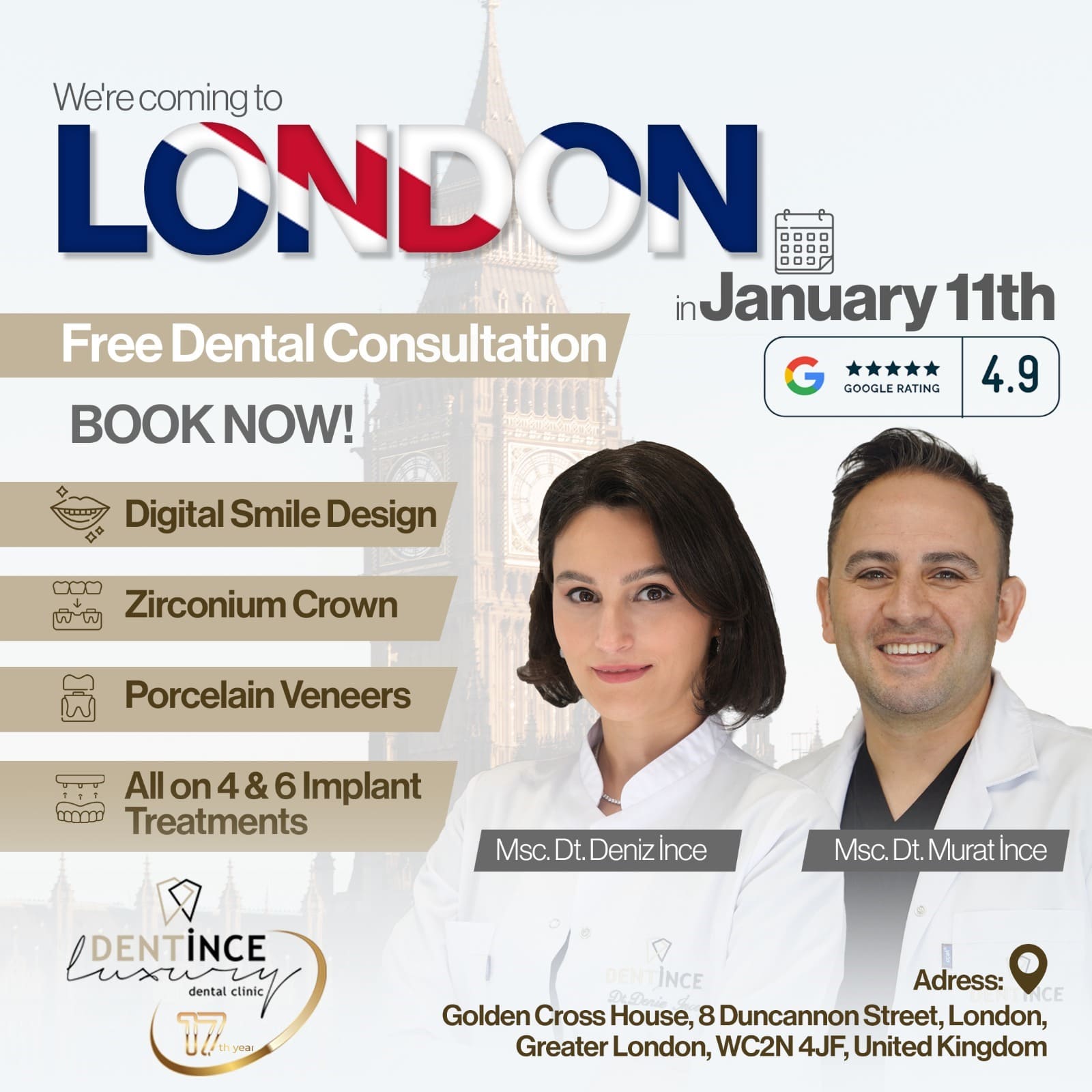
Bone Grafting for Dental Implants
Implant Dentistry
Bone Grafting for Dental Implants
When a person has a missing tooth lost due to periodontal disease, injury, or another infection, a dental implant is an excellent, safe, and long-term solution. A dental implant is an artificial tooth root that inserted into the jaw in order to hold a replacement tooth or bridge in place. Implants feel and look natural, they function exactly like natural teeth. Implants can also assist in saving other teeth, because we can replace missing tooth without shaving neighboring teeth for making bridge. Bone grafting may be a necessary part of the process when it comes to inserting a dental implant.
About Bone Grafting
So what exactly does bone grafting? Traditionally the process involves removing a piece of bone from another part of the patient’s jaw transplanting it into the jawbone. But mostly we prefer to use ready bone grafts which are from a cadaver source or an animal source to replace the missing bone. These options provide patient, prevents a second surgical site, and they are successful. After this process, it may take several months for the transplanted bone to grow enough new bone to support the actual placement of a dental implant.
Finally, once healing is complete, we will place the abutment, an extension of the implant’s metal post, into the jaw. Again, time must be allowed for the soft tissue to heal. After we take healing impressions of the teeth and jawbone we insert the final teeth.
How Much Does A Bone Graft Cost?

The cost for an implant procedure can differ significantly between patients, depending on their circumstances. The cost increases if you need a bone graft, multiple implants or a sinus lift. But important point is without good bone volume around implant, implants can not survive in the mouth for long time.As Dentince we give the high importance to bone regeneration process and soft tissue regeneration treatments.
Post Bone Graft And Implant Procedure
Bone grafts can be an essential and necessary part of any implant process. After surgery, patients may experience typical discomfort, such as gum or skin swelling or bruising and minor bleeding, but these common side effects disappear quickly. There are also some diet restrictions, such as only being able to consume soft foods while the mouth heals, following each stage of the bone graft and implant procedure.

